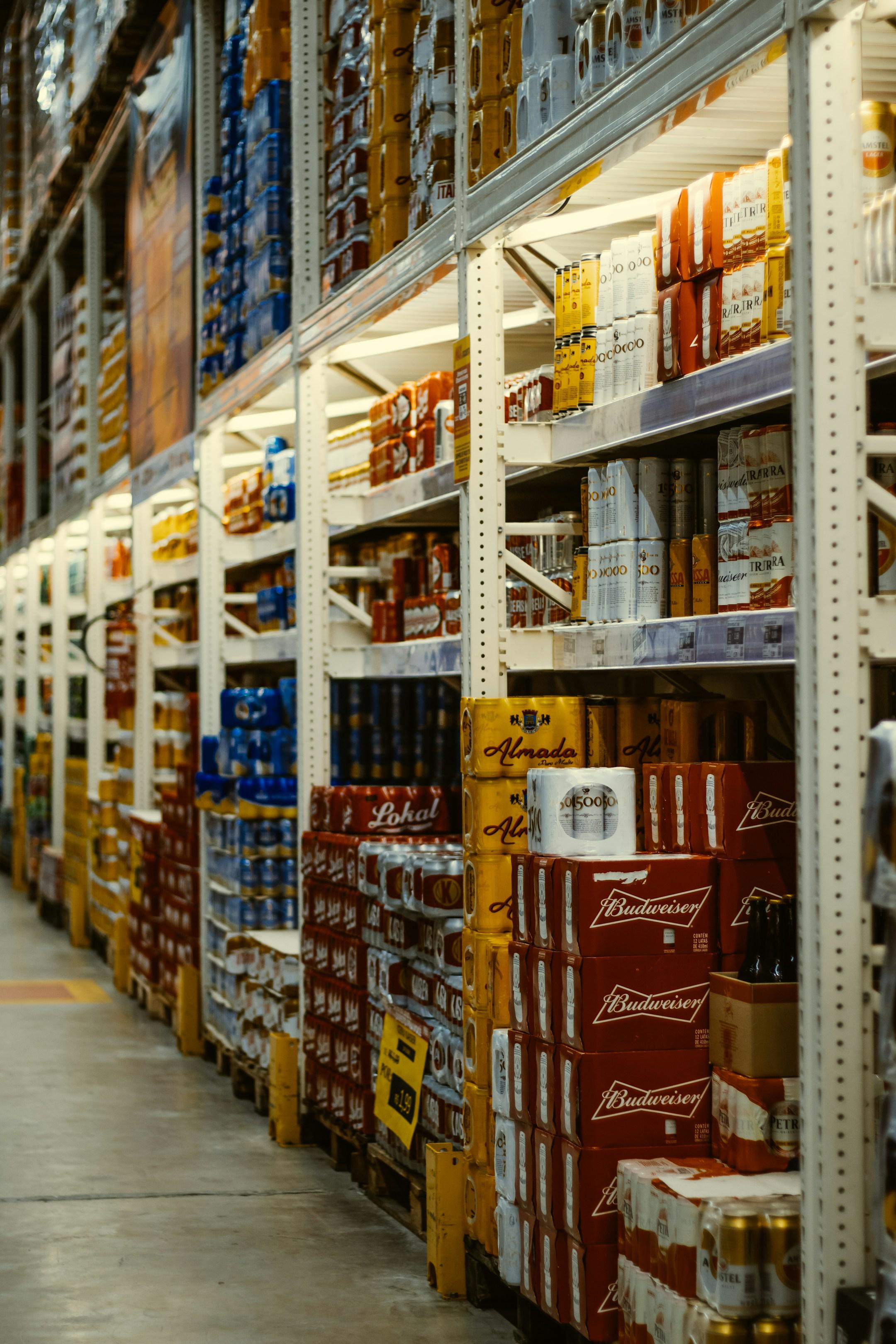
In the fast-paced world of warehousing and order fulfillment, businesses constantly seek ways to streamline operations and enhance efficiency. Two prominent strategies that have emerged are pick-and-pack and kitting. Both methods are used to organize products in a warehouse and fulfill orders, but they serve different purposes and can drastically affect workflow. By grasping the fundamentals of each method, you can make informed decisions that cater to your unique operational needs.
This blog post will delve into the intricacies of pick and pack versus kitting, comparing their efficiency and accuracy while highlighting their respective advantages. Additionally, we will guide you in choosing the right method for your warehouse organization and order fulfillment processes. Whether you're running a small e-commerce store or managing a large distribution center, understanding these two approaches will empower you to optimize your inventory management and improve customer satisfaction.
Pick-and-pack and kitting are two essential methods used to organize products in a warehouse and fulfill orders efficiently. Pick-and-pack involves selecting individual items from various locations within the warehouse and packaging them for shipment to fulfill customer orders. This method is particularly effective for businesses that sell a diverse range of products, as it allows for flexibility in fulfilling orders that may consist of multiple items. The process typically includes picking items, packing them together, labeling them for delivery, and streamlining the order fulfillment process.
On the other hand, kitting involves assembling multiple items into a single package or unit before they are sold to customers. This method benefits businesses that frequently sell products as a set, such as gift baskets, bundles, or promotional kits. Kitting improves inventory control and reduces the time spent picking individual items, consolidating several components into one SKU. Organizations often employ this method to enhance customer satisfaction by providing ready-to-ship products, ultimately ensuring a smoother workflow and better organization within the warehouse.
When considering efficiency, pick and pack operations generally excel in scenarios with many individual items. This method allows warehouse workers to pick items from various locations and consolidate them into a single order, reducing the time spent searching for products. Consequently, businesses that manage diverse inventories often prefer to pick and pack because it enhances speed and flexibility, enabling orders to be fulfilled quickly without significant delays.
However, kitting shines in environments where products, such as subscription boxes or promotional kits, are frequently bundled together. By pre-assembling items into kits, warehouses can streamline the packing process, reducing the steps required to complete an order.
In terms of accuracy, both methods have strengths and weaknesses. Pick and pack systems enhance accuracy through clear labeling and systematic processes, which helps minimize errors when selecting items. Advances in technology, such as barcode scanning and inventory management software, further bolster reliability in this method. On the other hand, kitting can lead to fewer mistakes when assembling ready-to-ship packages, as products within the kit have already gone through quality checks before being packed. Ultimately, the choice between pick and pack and kitting hinges on the specific requirements of the warehouse operation, balancing speed and precision to achieve optimal order fulfillment.
When deciding between pick and pack and kitting, consider the nature of your products and order patterns. Pick and pack excels in environments with various individual items, allowing for quick fulfillment of diverse orders. If your business deals with many single-item orders or a large inventory, this method offers the flexibility needed to efficiently manage stock. On the other hand, if you often fulfill large orders that require grouping multiple items together, kitting may provide a more streamlined process. By pre-assembling kits, you can significantly reduce the time spent picking items for each order, enhancing overall efficiency.
Additionally, consider the scalability of each method as your business grows. Pick and pack systems are generally easier to scale, as they can adapt to increasing order volumes without significant changes to the layout or processes. Conversely, kitting may require more space and resources for assembly workstations, especially as the complexity of your kits increases. Ultimately, identify which method aligns best with your operational goals and resources to optimize your warehouse organization and support order fulfillment.
SML Fulfillment is proud to offer various services, from warehousing and packaging to shipping and kitting. Request a quote from our team and see how we can help you streamline fulfillment today!